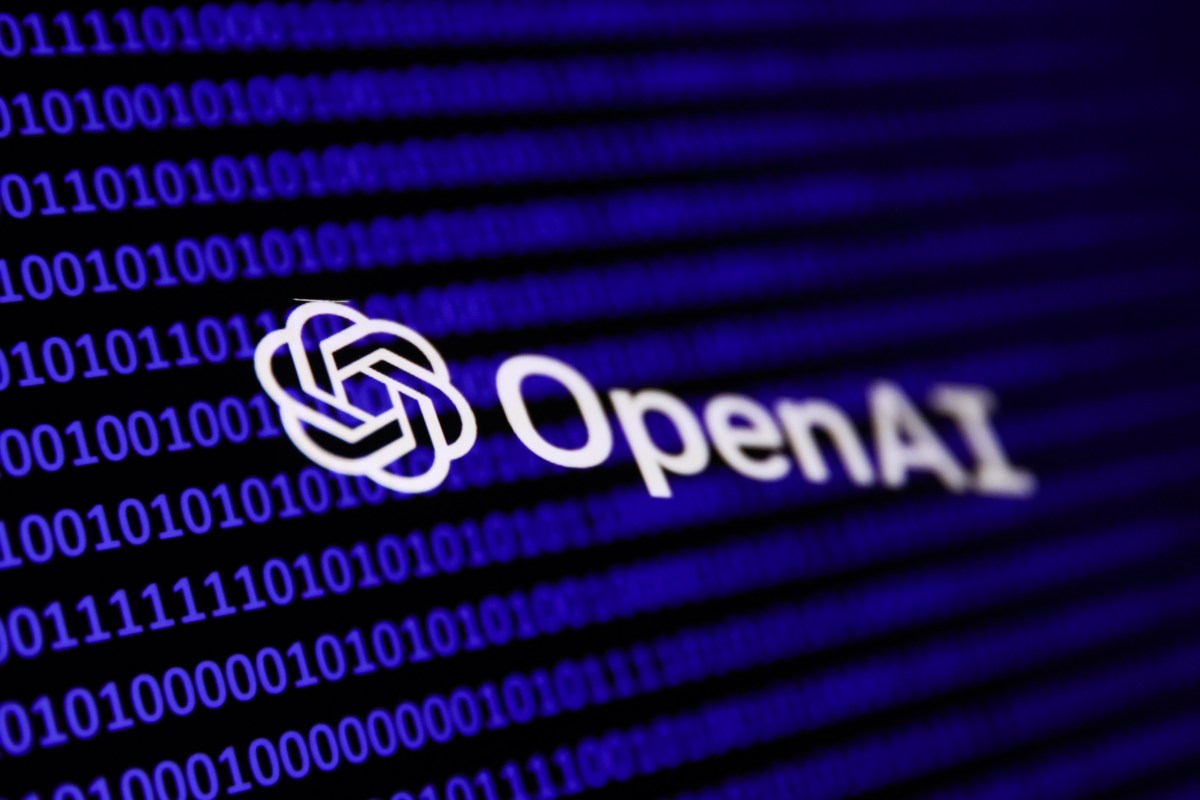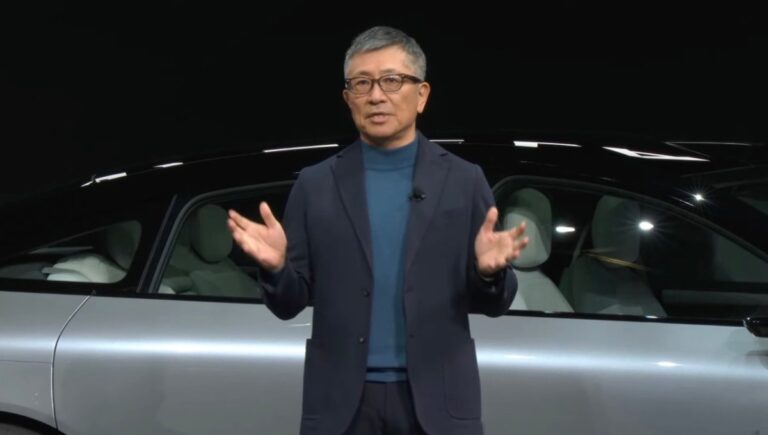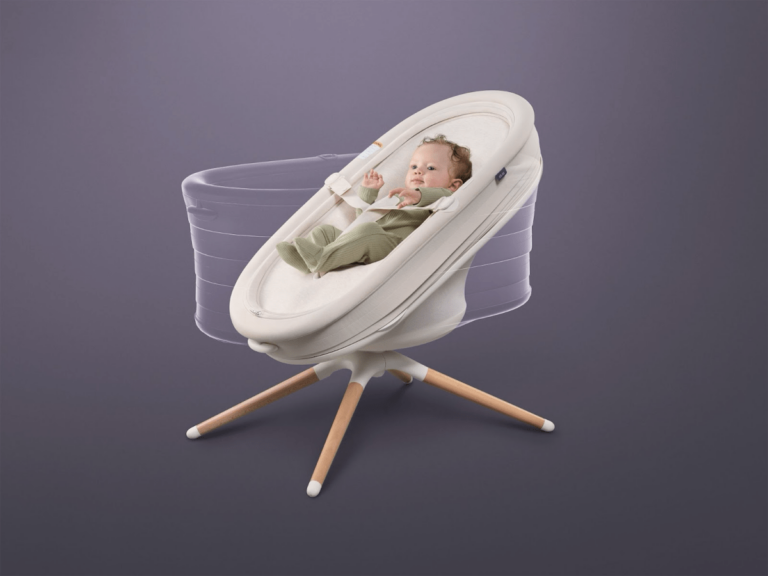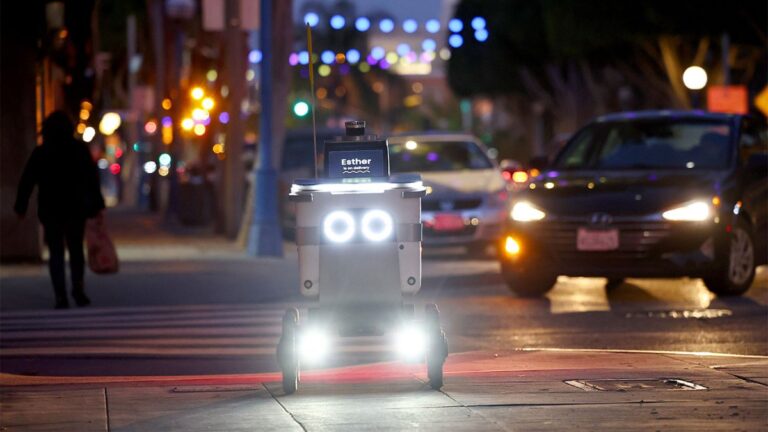New OpenAI job listings reveal the company’s robotics plans
OpenAI disbanded its robotics department. Then, it brought it back. Now, through a social media post from its hardware director and newly published job descriptions, OpenAI is revealing more about its plans for the revived team.
In a post on X on Friday, Caitlin Kalinowski, who joined OpenAI to lead hardware last November from Meta’s AR glasses division, said that OpenAI will develop its own robots — complete with a custom sensor suite.
In the post, Kalinowski spotlighted new OpenAI robotics job listings with additional info.
Per the listings, OpenAI’s robotics team will focus on “general-purpose,” “adaptive,” and “versatile” robots that can operate with human-like intelligence in “dynamic,” “real-world” settings. OpenAI plans to create new sensors and computational elements for its robotics, which will be powered by AI models that the company develops internally.
“Working across the entire model stack, we integrate cutting-edge hardware and software to explore a broad range of robotic form factors,” reads one of the listings. “We strive to seamlessly blend high-level AI capabilities with the physical constraints of physical robotic platforms.”
One of the listings implies that OpenAI intends to employ contract workers to test its robotic prototypes. Another suggests that the company’s robots might have limbs.
The Information recently reported that OpenAI has explored building its own humanoid robot.
Whatever form they end up taking, OpenAI’s robots will — if all goes according to plan — reach “full-scale production” someday, one description reads. OpenAI appears to be bullish on the effort. In another listing, the company says it is seeking an engineer with “experience designing mechanical systems intended for high volume (1M+).”
Robotics is a hot commodity. The sector raised over $6.4 billion from VCs last year, according to Crunchbase, illustrating the interest in a technology with potentially endless applications.
Companies like Bright Machines and Collaborative Robotics, which develop software and systems for factory manufacturing, appear to have successfully found a niche. So have firms like Carbon Robotics, which is creating an AI-enabled weeding robot, and Bear Robotics, which makes a mobile robot capable of carrying trays and packages.
Humanoid robots have attracted the most publicity, however.
X1 and Figure, both of which have OpenAI backing, are attempting to create general-purpose robots that move more or less like humans. The challenges are formidable, but these companies claim that technology has reached the point where mass-produced humanoid robotic systems are a realistic near-term goal.
The many disappointments in recent robotics history suggest that will be easier said than achieved.
Robots aren’t the only hardware project OpenAI is actively working on. Legendary ex-Apple product designer Jony Ive confirmed last year that he is collaborating with OpenAI on a new device, and OpenAI is said to be designing a custom chip for running its AI models.
TechCrunch has an AI-focused newsletter! Sign up here to get it in your inbox every Wednesday.







